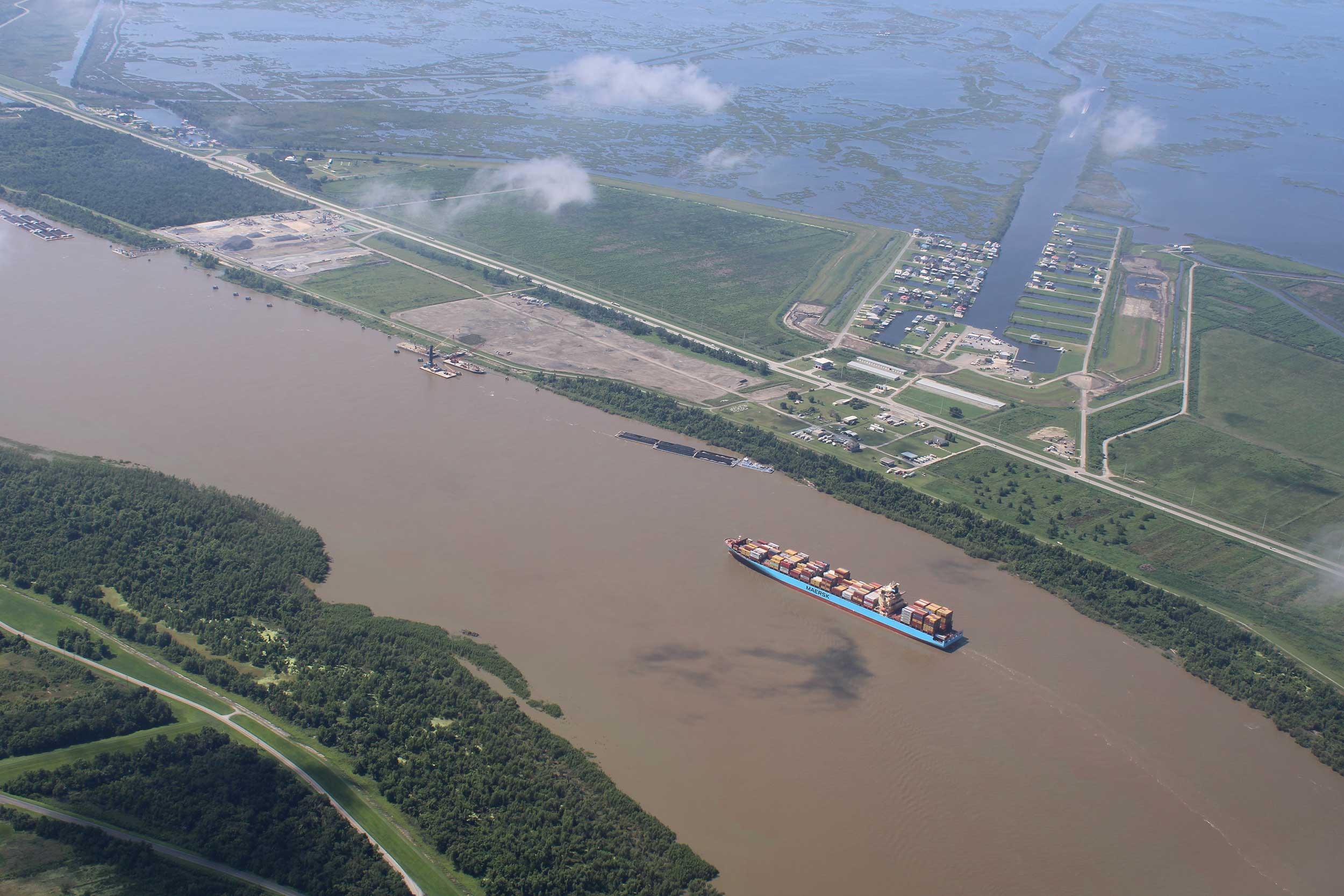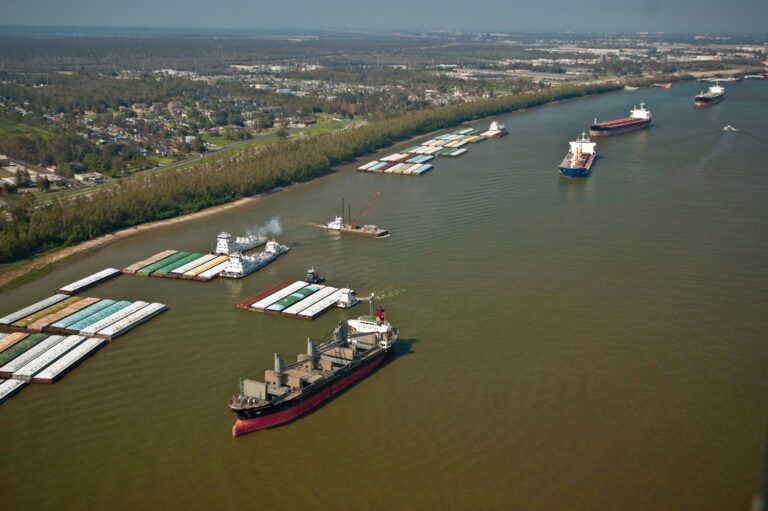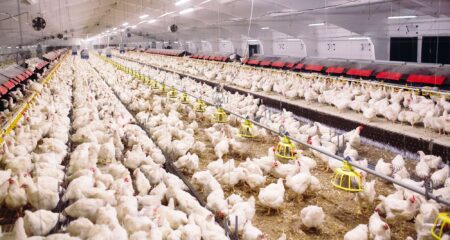According to an analysis on the American Farm Bureau Federation’s Market Intel by economist Daniel Munch, a fourth straight year of historically low Mississippi River levels is once again squeezing farm income by choking barge traffic right as harvest ramps up. Nearly half of U.S. corn and soybean exports typically move down the Mississippi system to Gulf terminals — about 65 million metric tons of bulk ag products in a normal year — making this corridor the price-and-reliability backbone of U.S. grain trade. When the river runs shallow, that advantage erodes fast.
Munch details how persistent drought has narrowed and shallowed the navigation channel, triggering Coast Guard limits that force smaller, lighter tows. As of mid-September, southbound traffic near Memphis is capped at barges drafting no more than 10.5 feet and tows no wider than six barges; northbound drafts are held to 10 feet with tighter tow configurations. The result: More trips to move the same grain and higher per-ton shipping costs that flow straight back into weaker cash bids (basis) at the elevator.
The stress is already visible in volumes. The USDA’s Agricultural Marketing Service reports southbound Mississippi grain movements collapsing from 2.4 million to about 502,000 short tons in just over a month — a 79 percent drop. Within that, corn fell 72 percent, soybeans 89 percent, and wheat 55 percent. While current flows sit slightly above the 2022–2024 drought average, they’re far below 2019–2021 norms, underscoring how quickly navigation constraints can hand export sales to Brazil and Argentina. During the 2022 event, ag exports via Louisiana ports slid 3.9 percent (about $565 million) in the second half of the year.
Freight is climbing too. Barge rates across key corridors (Twin Cities, Mid-Mississippi, Illinois River, St. Louis, Cincinnati, Lower Ohio, Cairo-Memphis) remain elevated compared to non-drought years, even if they haven’t yet hit the record peaks of the last drought cycle. For farmers, higher barge tariffs translate into softer basis and tighter cash flow just as bins fill — shrinking margins in a season when every penny counts.

Why this matters
The river is America’s cost edge. A single 15-barge tow can move as much grain as two 100-car unit trains or roughly 1,000 semis, saving an estimated $7 billion to $9 billion a year versus land transport. Lose that efficiency, and U.S. offers at the Gulf get less competitive while local prices take the hit.
Bottom line from the Market Intel analysis: keeping grain moving will require aggressive dredging and, most importantly, timely, basin-wide rainfall. Until then, farmers and shippers will keep navigating a river running low — and the costly ripple effects that come with it.


:max_bytes(150000):strip_icc()/Markets-10-Corn-up-wheat-up-5-a41d988ceef74aedbcbc093b791d7bdc.jpeg)
:max_bytes(150000):strip_icc()/IMG_1591-2048x1365-362687ca596f4814967abffff2b4be2c.jpg)
:max_bytes(150000):strip_icc()/SuccessfulFarmingShareImage-8fed6410b43147a19ed5ea1e3243227f.png)




:max_bytes(150000):strip_icc()/IMG_7575-ac6db3006a2145109bcc2df421c7a962.jpeg)
